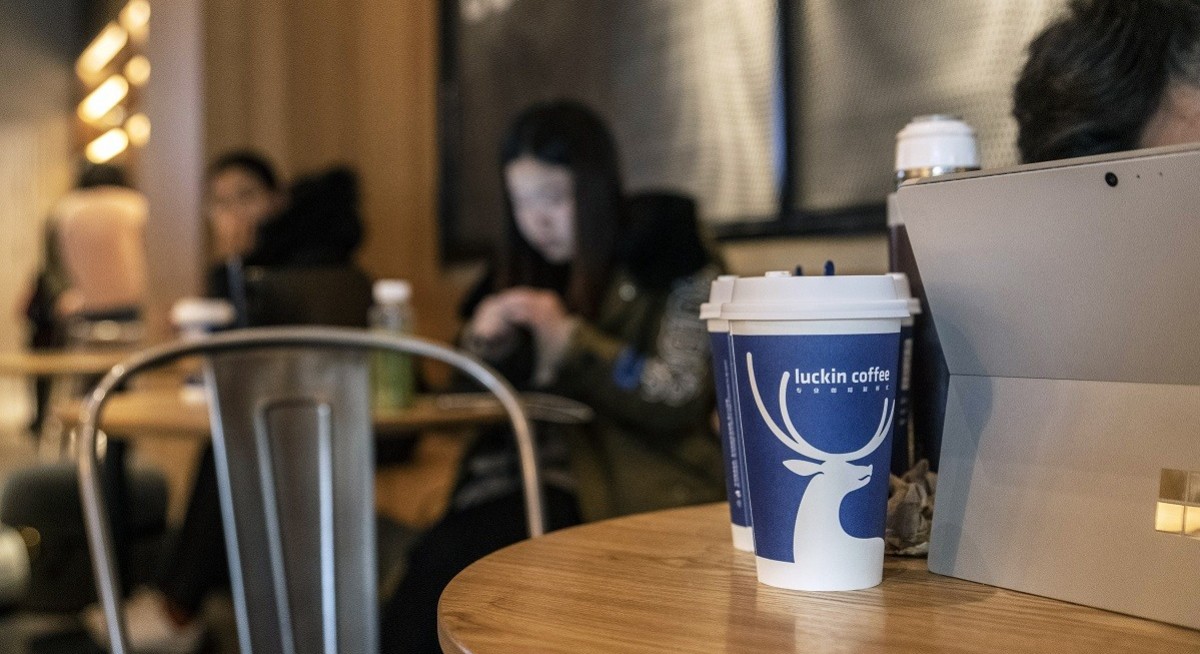London’s coffee may be stronger, but it is not much cheaper. A simple café or filter coffee costs GBP1.50–2.50 ($3.20–4.10). In Hong Kong, a cup of joe in a “cha chaan teng” (Hong Kong-style diner) ranges from HK$30–50 (US$3.85–6.40). In Tokyo, you can get coffee in a convenience store. It can cost as much as US$1.10 ($1.40).
There is no other first-world city which serves coffee as cheaply as Singapore. If you adjust for the country’s income level, Singapore has the cheapest coffee in the world. The GDP per capita is US$92,932. This means that the average person can buy 131,137 cups of coffee a year.
Malaysia’s Kopi-O costs $0.50 and the GDP per capita is US$12,000. This means that the average person can only buy 34,330 cups of coffee.
One of the secret ingredients behind Singapore’s cheap coffee is in the hawker centres. The government subsidises the rents of the F&B stalls at some of these hawker centres.
See also: Tea chain Chagee is sticking to high prices despite sales plunge
The ingenuity of the coffee stall owners is another factor. Many people get their daily coffee fix from Kopitiam, a local coffee chain.
The Kopitiam Group operates 120 outlets across Singapore. You can find them in Changi Airport and almost every mall. It is possible that it serves 500 million cups of coffee a day. That works out to 10 cups of coffee a minute.
Its founder, Lim Bee Huat, is not a household name. He was just nine years old when he started. Lim was working as a “kopi kia” at the Esplanade Food Centre in 1962. This was where the Esplanade theatre now stands. It was a chaotic food centre in those days.
See also: Beer is flowing in the East
The boy had to juggle school and work, as well as coffee cups. He had to endure long hours. The wages were so meagre that he could barely afford condensed milk with his own coffee.
The teenaged Lim figured out that coffee has high profit margins and is addictive. A small increase in price, with add-ons like oat milk, can widen margins. Snacks like kaya toast can add to the margins.
Lim’s hard work and determination led him to acquire his own coffee shop. His business eventually grew into the Kopitiam chain we know today.
Operators like Kopitiam were pioneers in the coffee scene. They thrived due to high footfall and low overheads.
Changes are brewing in Singapore’s coffee scene. There are new coffee shops at every street corner. The new entrants have fancy names like Blue Bottle Coffee and the Alchemist. These players are not serving Kopi-O, but oatmeal lattes priced at $6.00. Some of the new outlets use digital order kiosks, where human attendants are not required. Customers can also make their orders via an app.
Luckin Coffee is China’s homegrown rival to Starbucks. It has emerged from bankruptcy and gone public. It is now leaner, faster, and more focused. It has a unique style. Orders are app-based and the typical outlet is a fourth the size of a Starbucks outlet. This means that the turnover is high relative to the square footage.
Fore Kopi is an Indonesian chain that is sweeping across the region. It offers local flavours that can be personalised. It targets the youth who want a customised brand of coffee.
Sink your teeth into in-depth insights from our contributors, and dive into financial and economic trends
In Singapore, the local players are not keeping quiet. Kimly remains a formidable force. It has over 80 outlets and focuses on the heartlands.
You don’t need to head to a coffee shop to sample its benefits. Research consultancy Claight expects coffee consumption to grow at 9% CAGR in Singapore in the next decade. In the stock market, the listed coffee players are cheaply priced considering the potential growth.
Luckin Coffee is expected to generate 22% ebitda growth in FY2026, but it is only at 10 times EV/Ebitda. Kimly generates a 5% dividend yield, with its coffee priced at less than half of Starbucks’ levels. Fore Kopi’s Ebitda growth is even higher than Luckin and Kimly, but it is at a similar valuation.
The coffee companies may be even cheaper than their brew.
Nirgunan Tiruchelvam is head of consumer and internet at Aletheia Capital and author of Investing in the Covid Era




